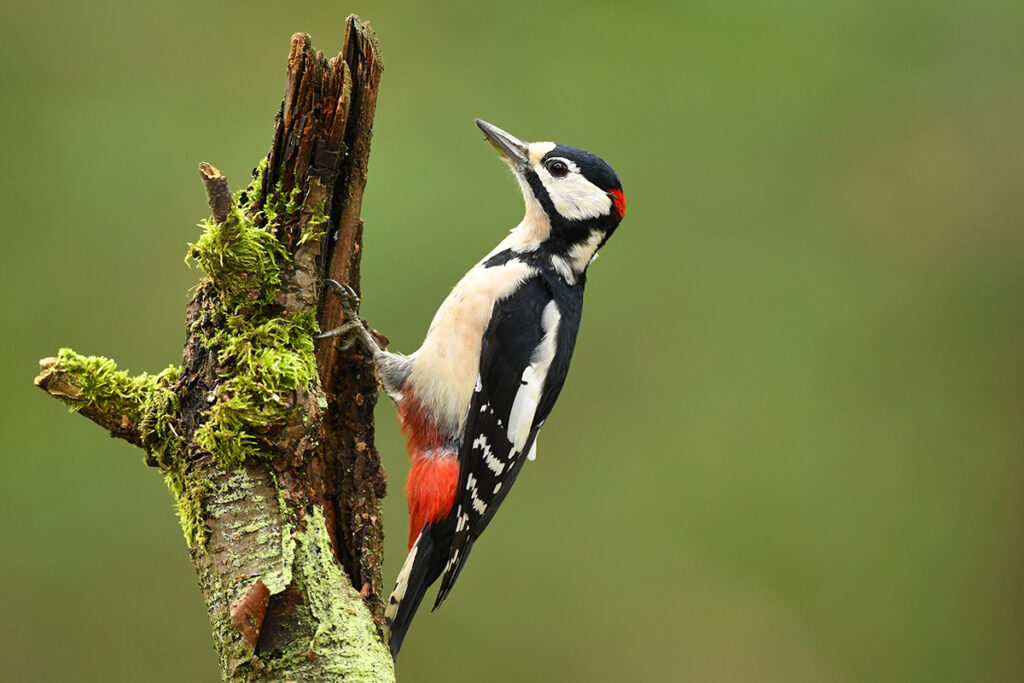Rewilding is a progressive approach to conservation. It’s about letting nature take care of itself, enabling natural processes to shape land and sea, repair damaged ecosystems and restore degraded landscapes. Through rewilding, wildlife’s natural rhythms create wilder, more biodiverse habitats.
Rewilding is about:
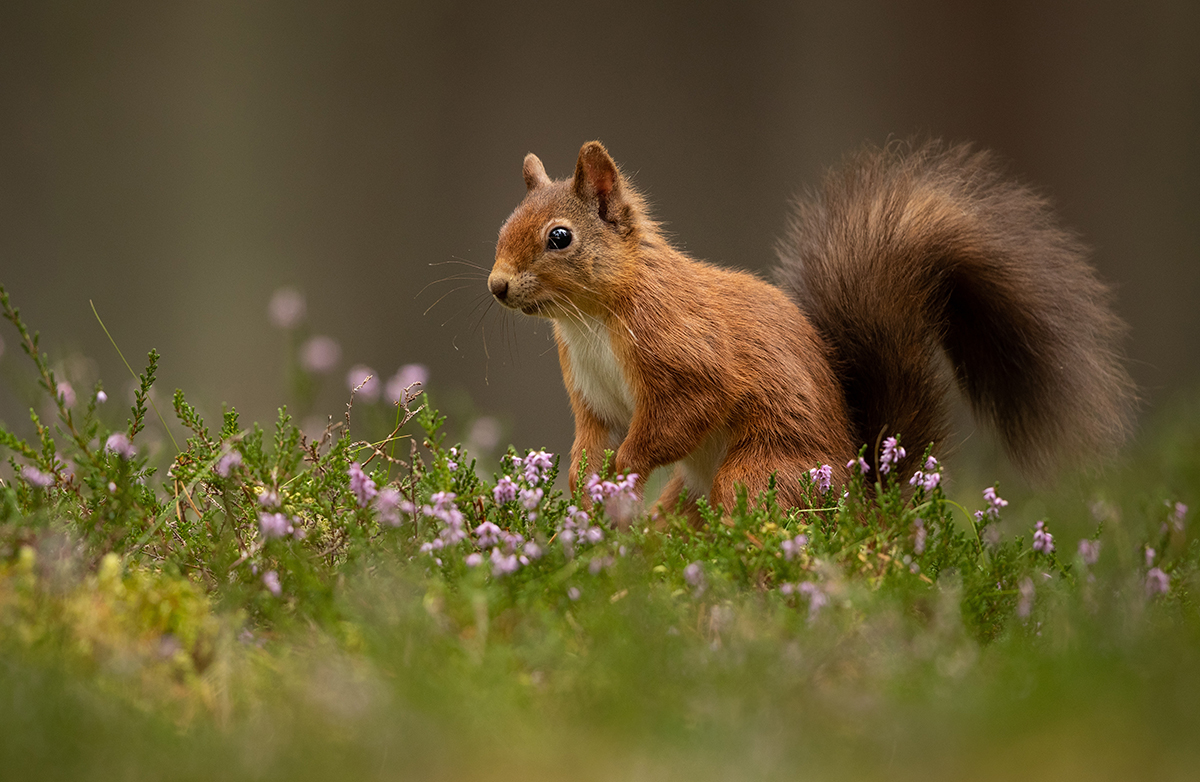
Nature’s wisdom in action
Nature is the ultimate expert in survival and self-regulation.
We can support its processes by fostering the right conditions — restoring the natural flow of rivers by removing dykes and dams, minimising human intervention in wildlife management, encouraging forests to regenerate naturally, and reintroducing species lost due to human impact.
Once we’ve set the stage, our best course of action is to step back and let nature thrive on its own.
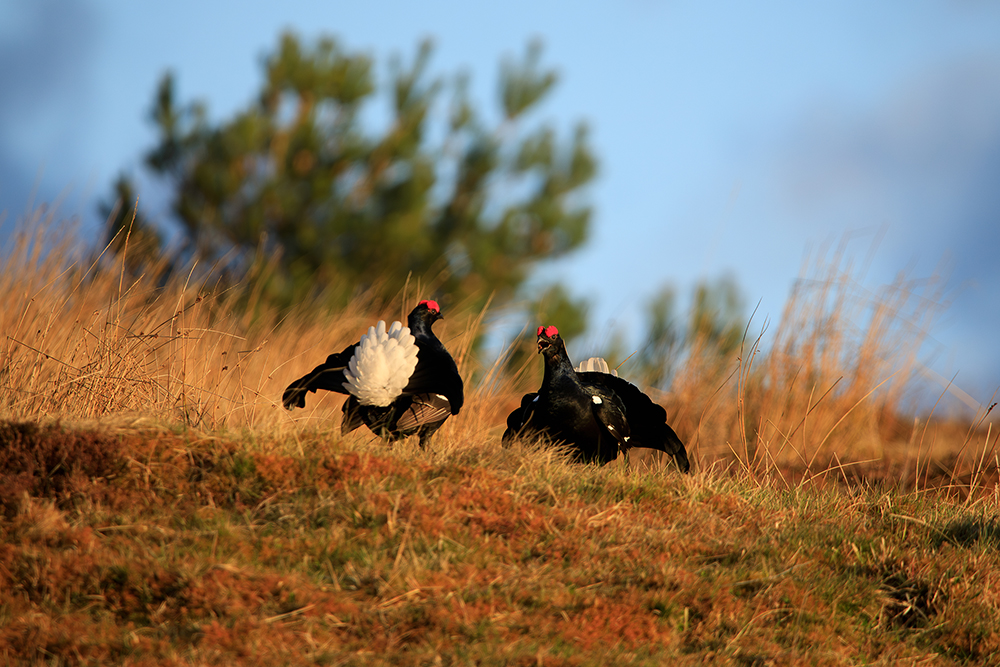
Restoring Scotland’s wildlife
Many Scottish wildlife species have suffered dramatic declines, even in our most untouched landscapes. Some have vanished entirely, leaving critical ecological gaps behind. Rewilding aims to rebuild these lost species communities by providing the space they need to flourish, supporting population recovery, and reintroducing key native species to restore balance to our ecosystems.
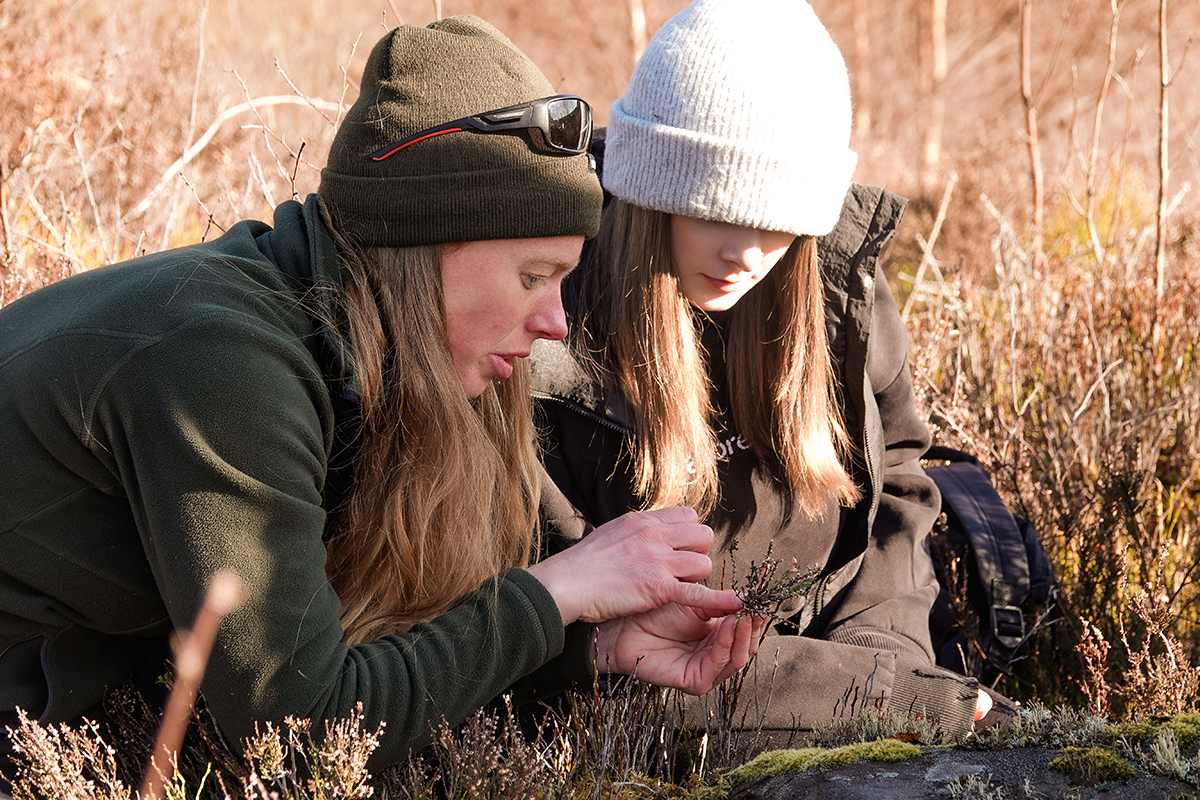
Nurturing wellbeing through nature
A thriving natural world means a healthier life for us all. We depend on nature for clean water, fresh air, and food, but its benefits go beyond the physical — spending time in wild landscapes enhances our mental and emotional well-being.
Rewilding seeks to reconnect modern society, both rural and urban, with the power of wild nature. By inviting people to experience and immerse themselves in these revitalised landscapes, we foster a deeper bond between humanity and the natural world.
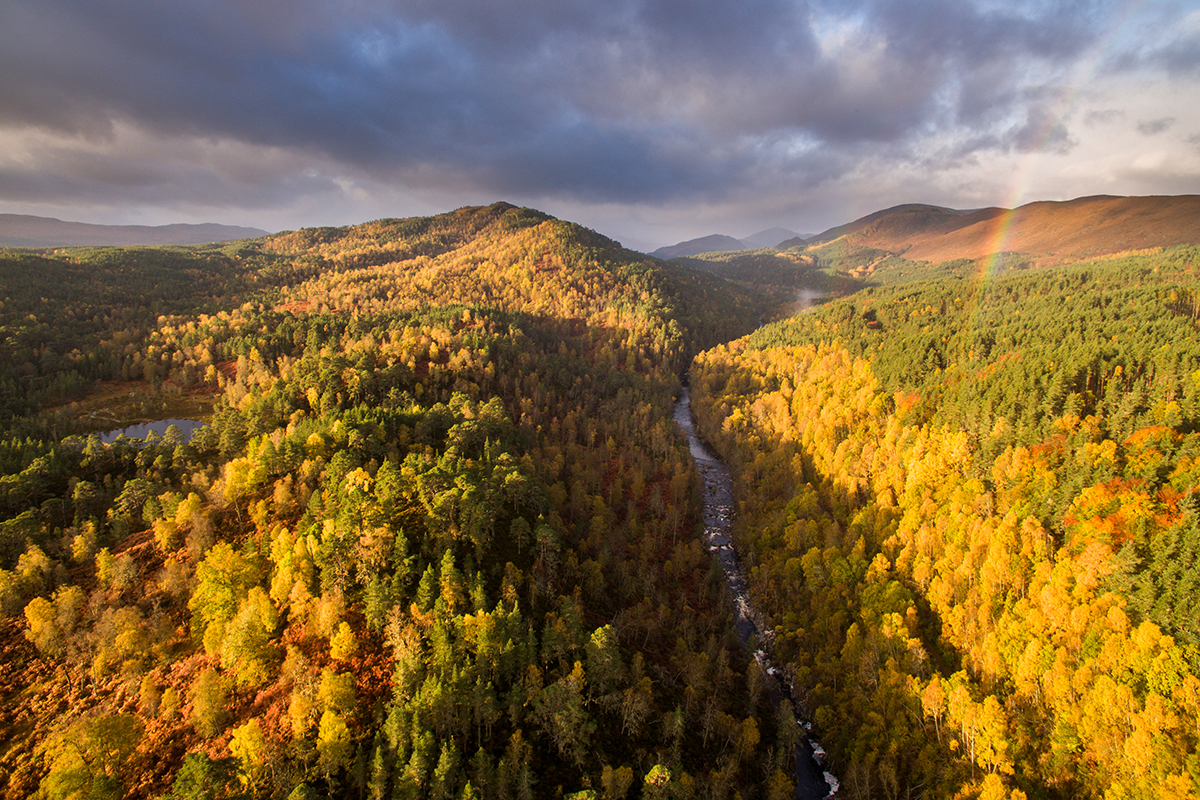
Shaping a wilder future
Rewilding has no fixed destination—it’s an ongoing journey of restoring nature’s ability to shape and sustain itself. By supporting natural processes, we allow landscapes to become progressively wilder over time, with each step forward marking meaningful progress.
By creating and safeguarding spaces for rewilding, we ensure lasting benefits for both people and wildlife, fostering a healthier, more resilient world for future generations.
“Rewilding challenges us to rethink the value of wild nature — not just for the present, but for generations to come.”
 Stephanie Kiel
Stephanie Kiel
Executive Director
Why is rewilding vital in Scotland?
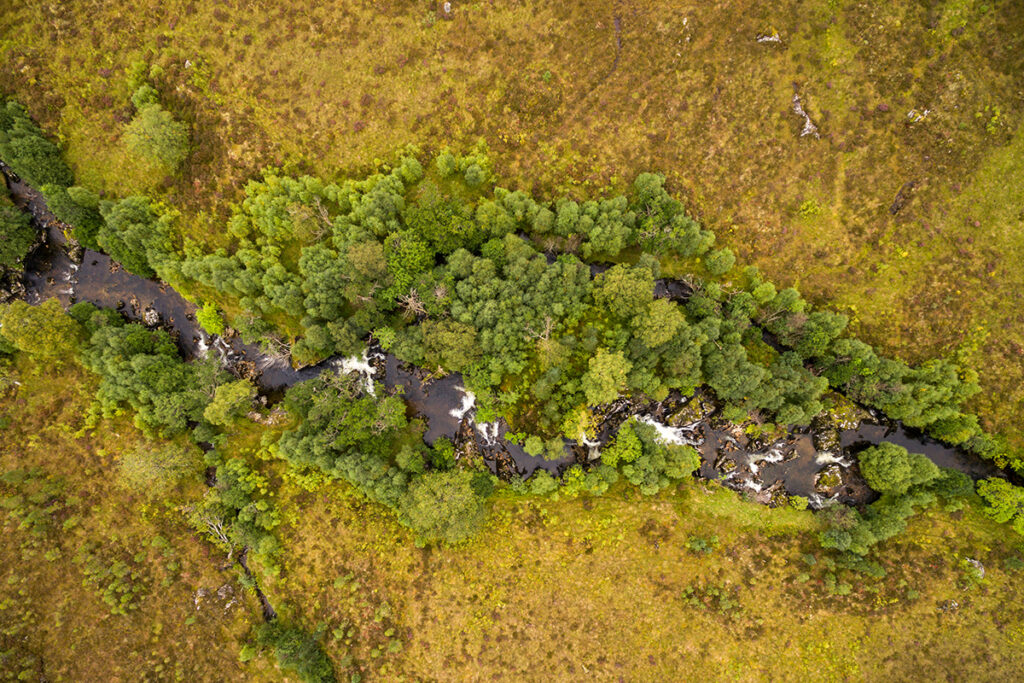
Our ecosystems need to recover
We not only need to protect nature, we also need to restore it. Many ecosystems – the basis of our natural wealth – are broken. Rewilding offers a historical opportunity to recover them. Robust and connected ecosystems make us more resilient to impacts of climate change.
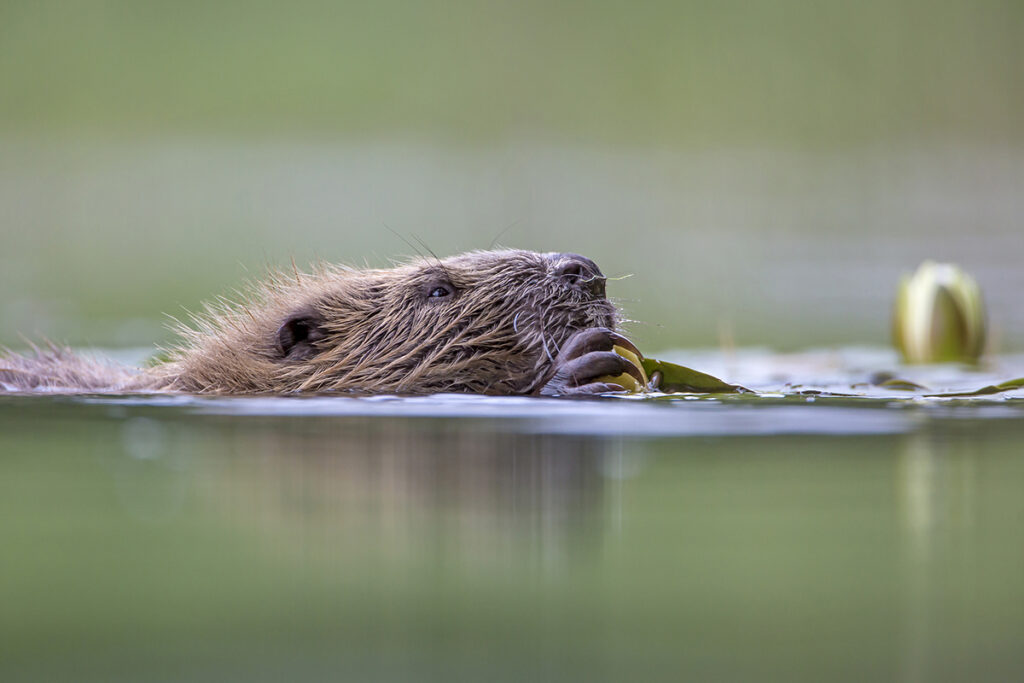
We need keystone species
These vital species, including top predators and large herbivores, drive ecological processes. Wildlife is now making a comeback in Europe, but numbers are still low. Rewilding will accelerate their recovery and restore important food chains and trophic cascades.
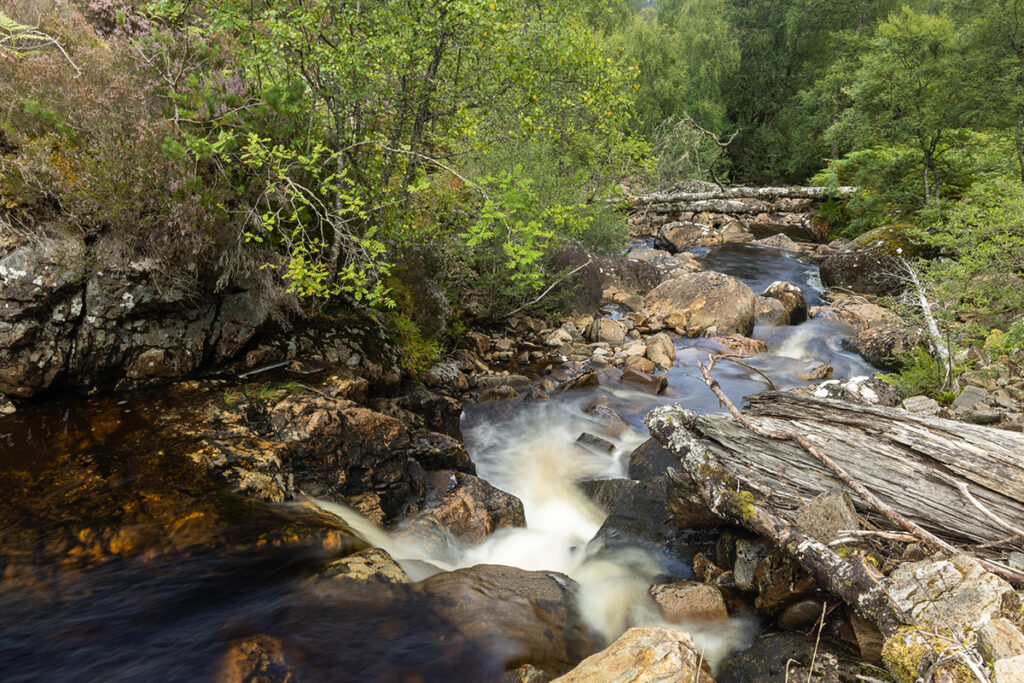
Wilder nature as an ally
Naturally functioning ecosystems are better at providing us with clean air and water, preventing flooding, storing carbon and helping us to adapt to climate change. Rewilding links ecology with modern economies, where wilder nature acts as an ally in solving modern socio-economic issues.
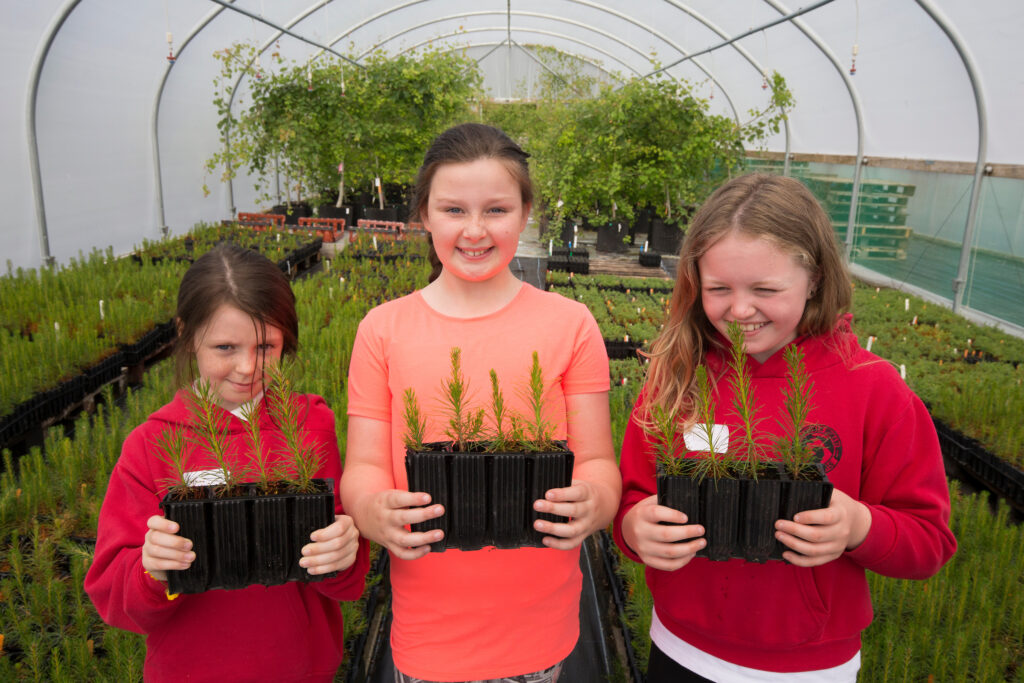
Communities benefit
Rewilding boosts local economies where alternatives are scarce. We work towards situations where nature tourism flourishes and local people earn a fair living from nature-based enterprises. This will help revitalise both rural and urban communities.
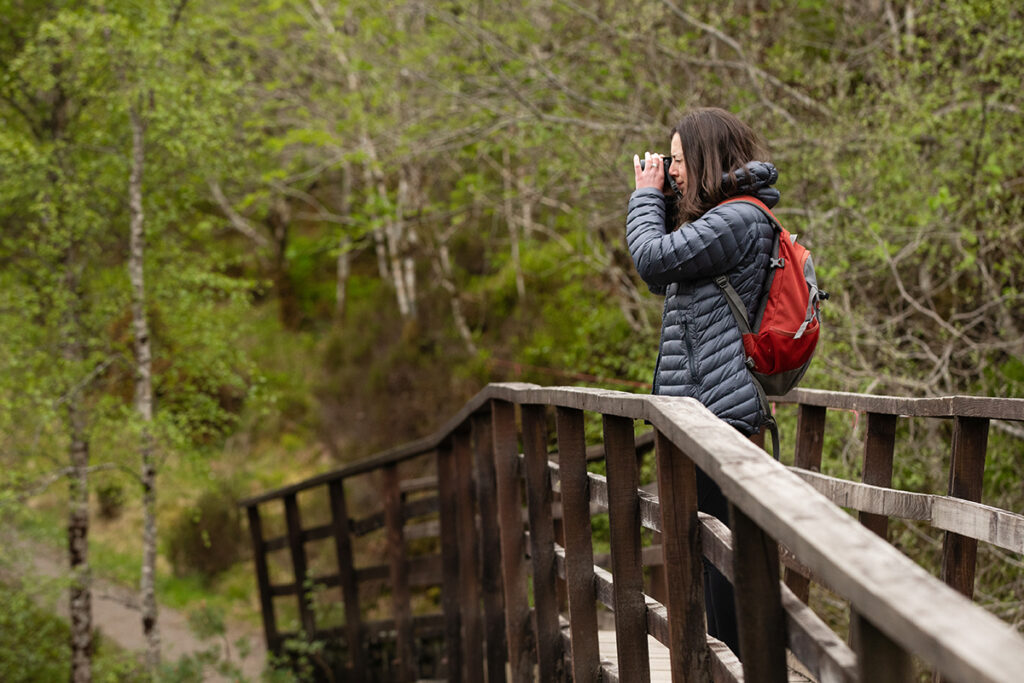
Wild places inspire people
Experiencing the thrill of wild nature reconnects people with our living planet. This improves health and wellbeing and builds a shared sense of humanity and pride, both in the countryside and in cities.
Nature’s ways are cost effective
We believe that nature is fully capable of taking care of itself. This means letting natural processes shape our landscapes and ecosystems, instead of people actively managing them – which often requires high, recurrent costs. Self-regulating landscapes are more sustainable in the long run.
The principles of rewilding
Rewilding practitioners have co-formulated a set of principles that characterise and guide rewilding in a European context. All equally important, these are as follows:
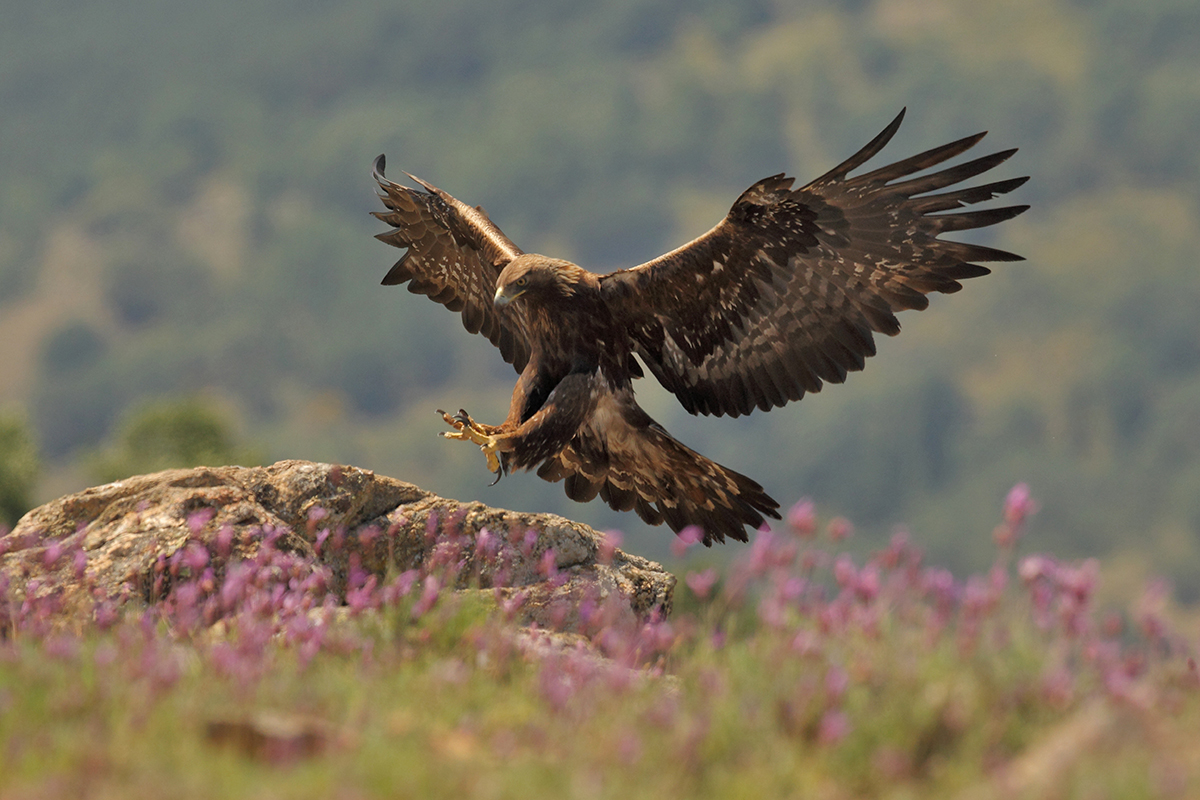
Providing hope and purpose
Rewilding generates visions of a better future for people and nature that inspire and empower. The rewilding narrative not only tells the story of a richer, more vital tomorrow, but also encourages practical action and collaboration today.
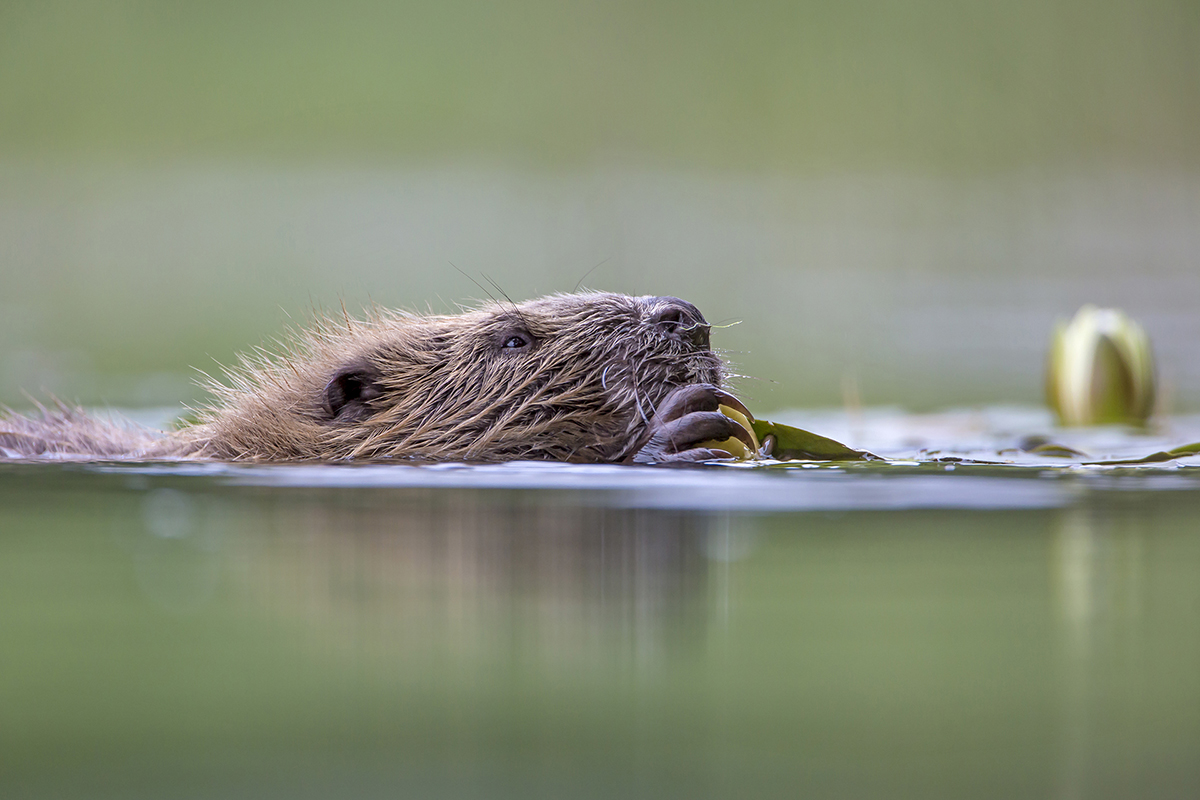
Offering natural solutions
By providing and enhancing nature-based solutions, rewilding can help to mitigate environmental, social, economic and climatological challenges.
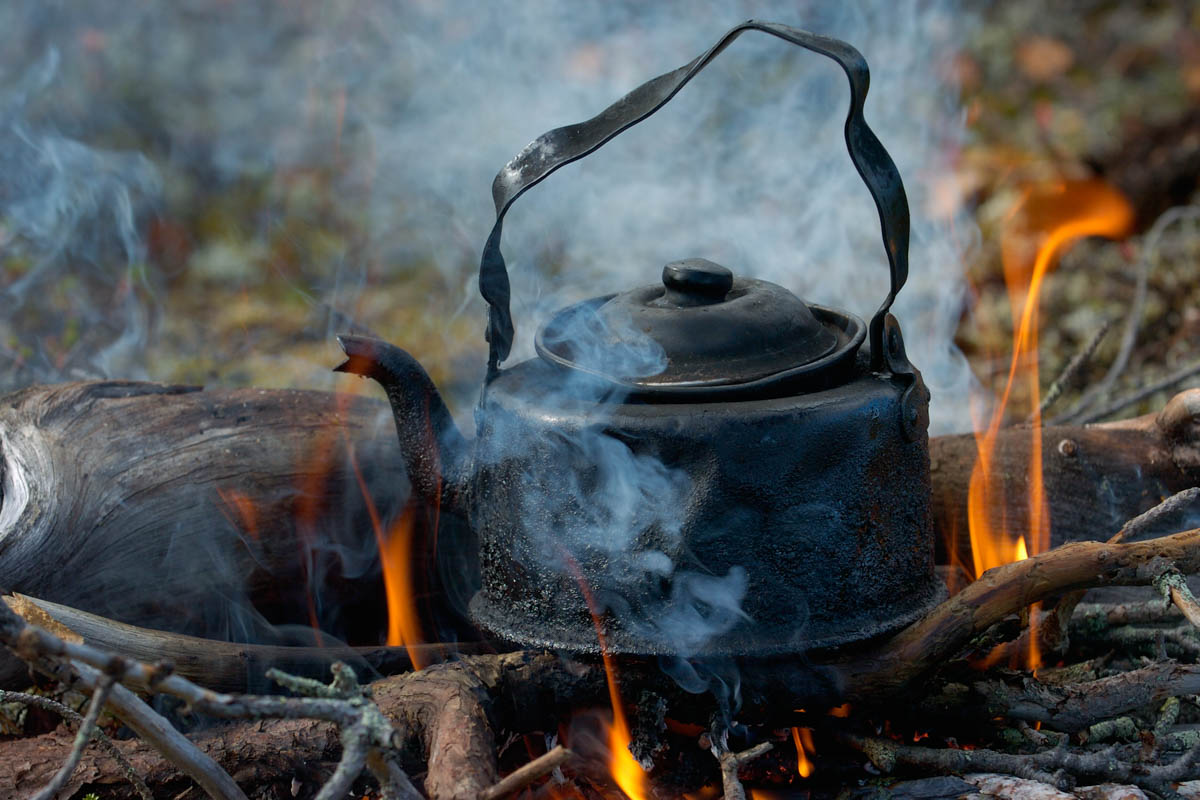
Thinking creatively
Rewilding means acting in ways that are innovative, opportunistic and entrepreneurial, with the confidence to learn from failure.
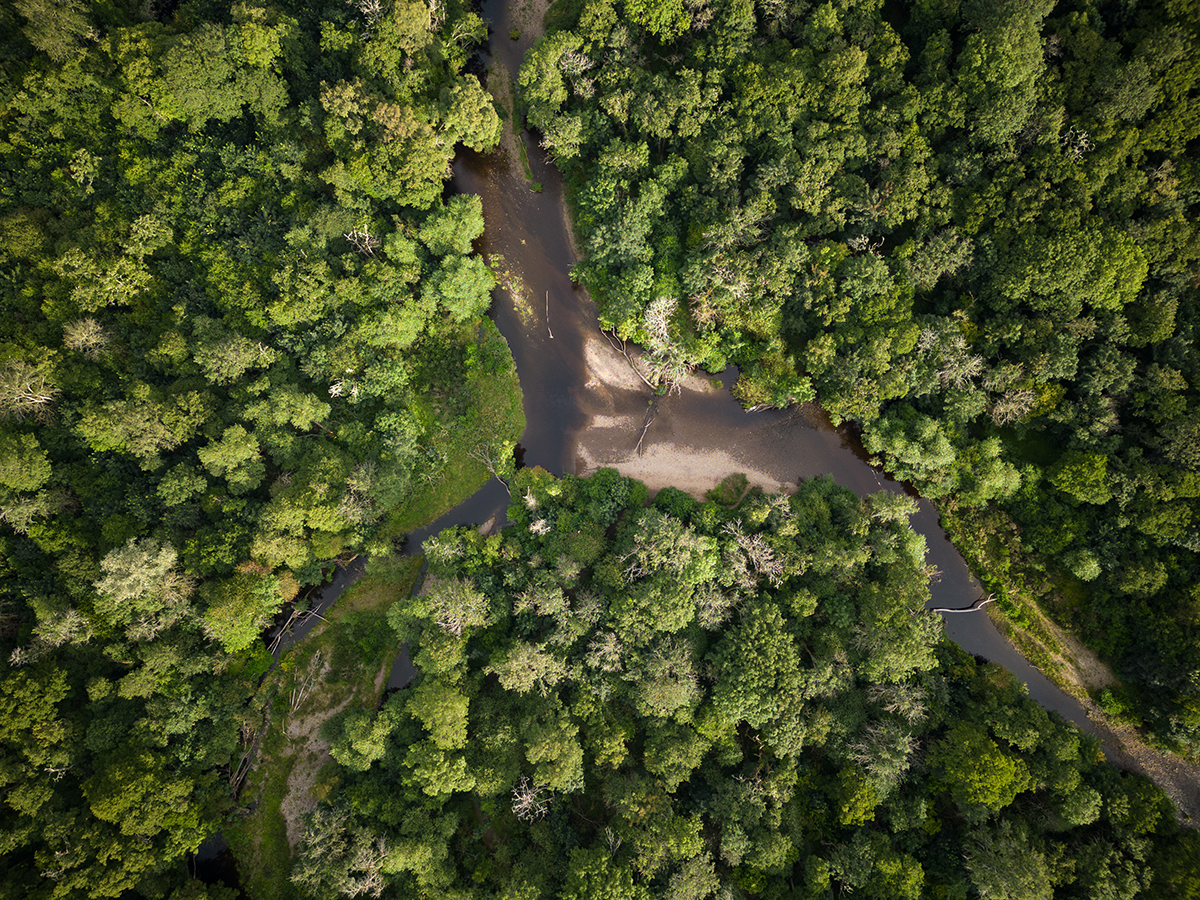
Complementary conservation
Rewilding complements more established methods of nature conservation. In addition to conserving the most intact remaining habitats and key biodiversity areas, we need to scale up the recovery of nature by restoring lost interactions and repairing habitat connectivity.
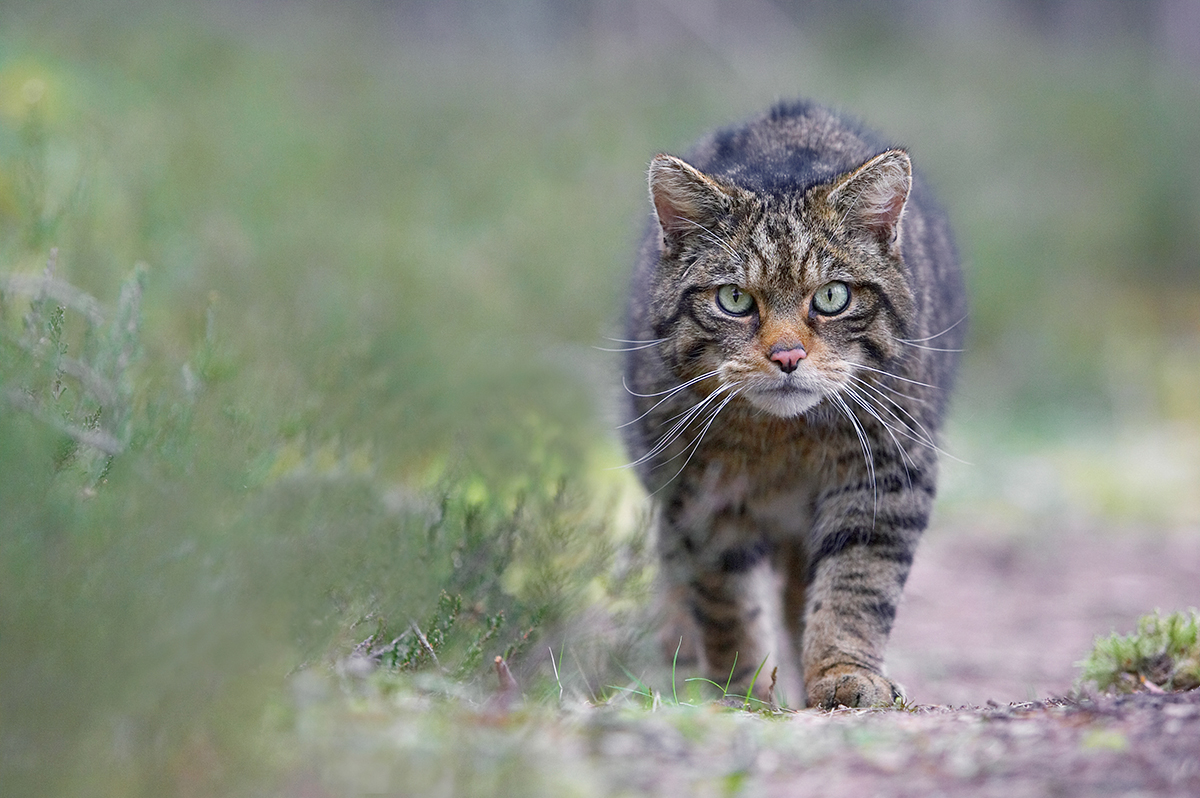
Letting nature lead
From the free movement of rivers to natural grazing, habitat succession and predation, rewilding lets restored natural processes shape our landscapes and seascapes in a dynamic way. There is no human-defined optimal point or end state. It goes where nature takes it. By helping nature’s inherent healing powers to regain strength, we will see people intervene less in nature going forwards.

Working at nature’s scale
Rewilding means working at scale to rebuild wildlife diversity and abundance and giving natural processes the opportunity to enhance ecosystem resilience, with enough space to allow nature to drive the changes and shape the living systems.
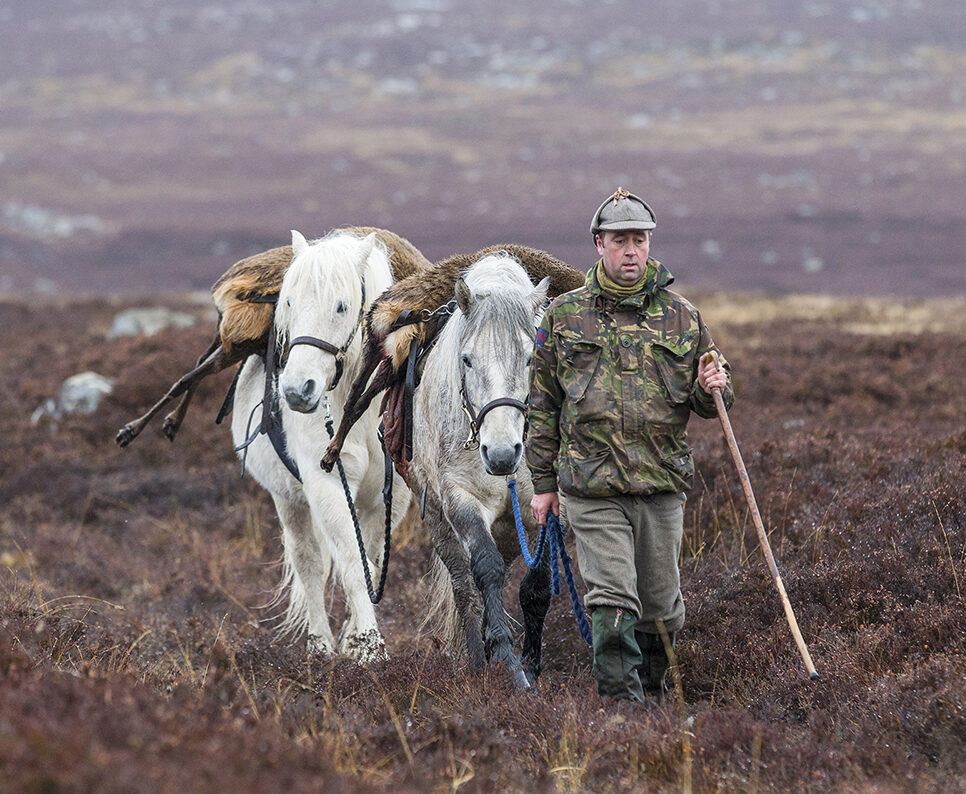
Acting in context
Rewilding embraces the role of people, and their cultural and economic connections to the land. It is about finding ways to work and live within healthy, natural vibrant ecosystems and reconnect with wild nature. We approach rewilding with a long-term knowledge of the environmental and cultural history of a place.
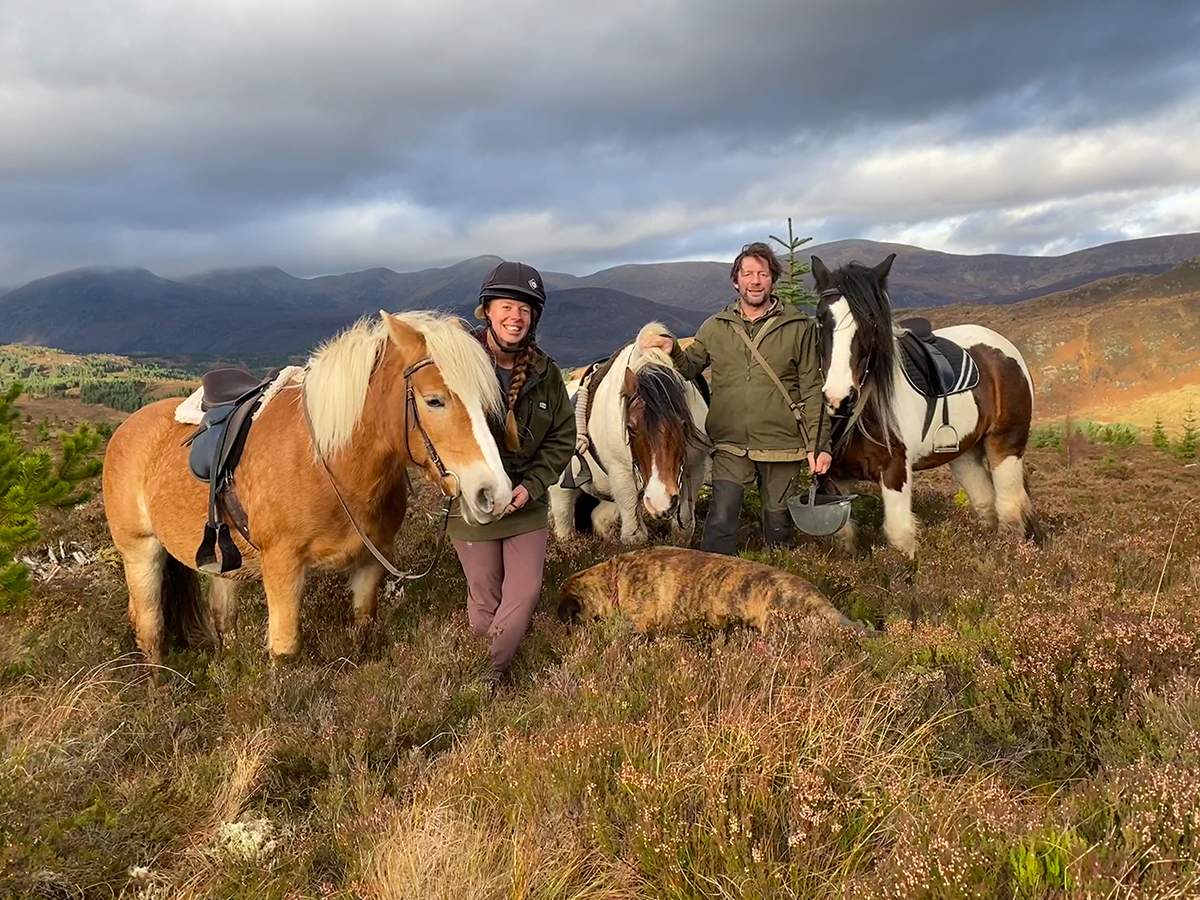
Building nature-based economies
By enhancing wildlife and ecosystems, rewilding provides new economic opportunities through generating livelihoods and income linked to nature’s vitality.
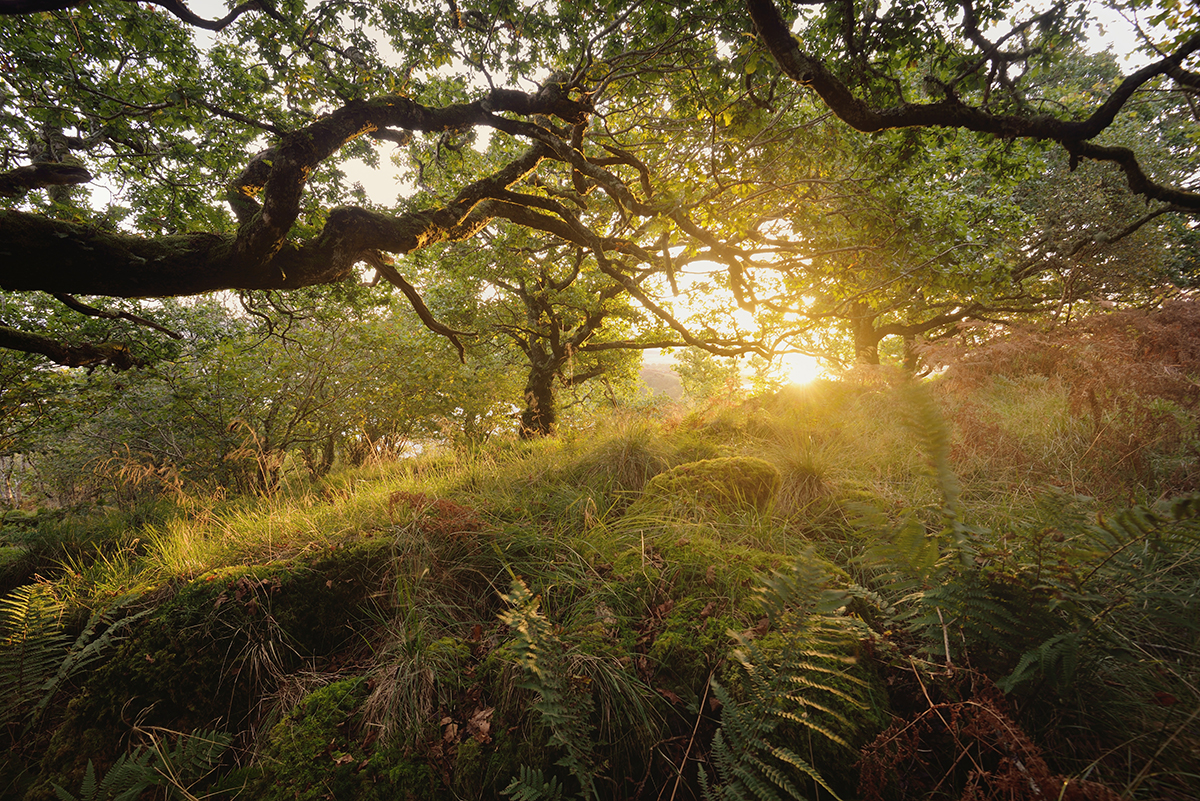
Long-term focus
To ensure sustained positive effects on biodiversity and resilient ecosystems for future generations, rewilding efforts aim and work on a long-term perspective.
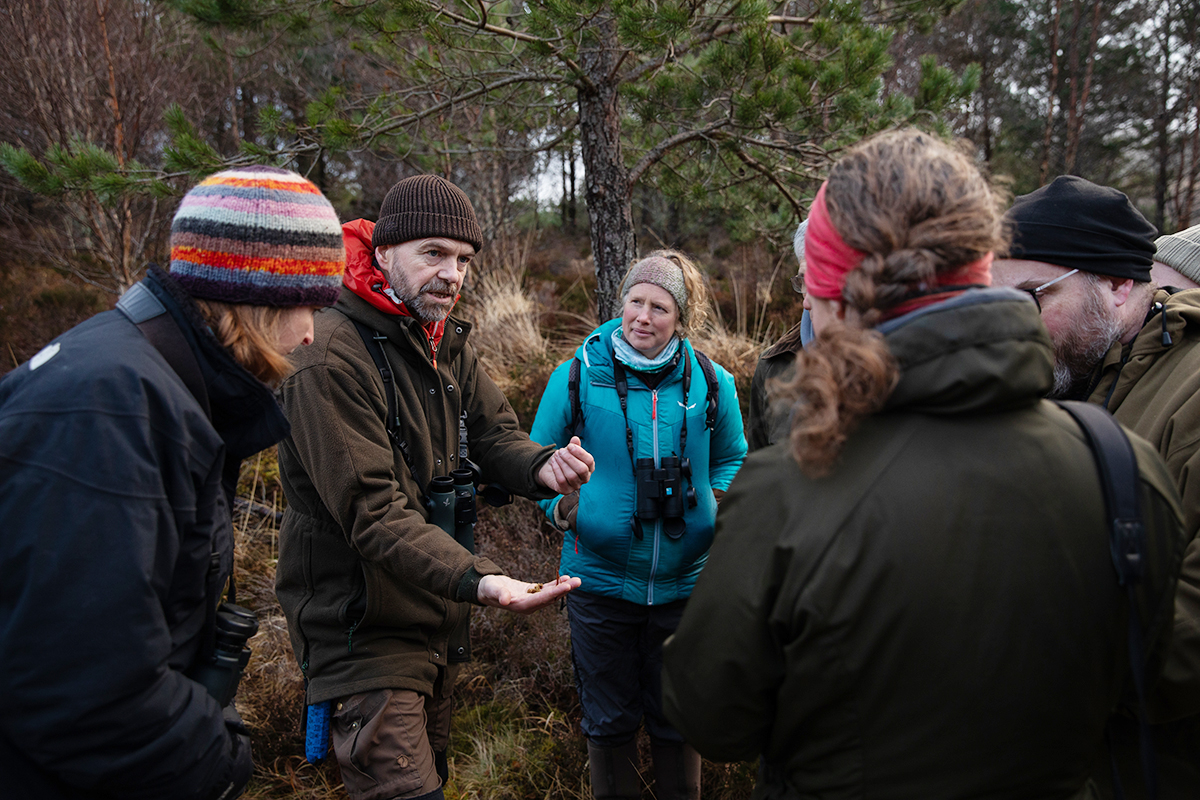
Working together
Building coalitions and providing support based on respect, trust and shared values. Connecting people of all backgrounds to co-create innovative ways of rewilding and delivering the best outcomes for communities and wild nature.
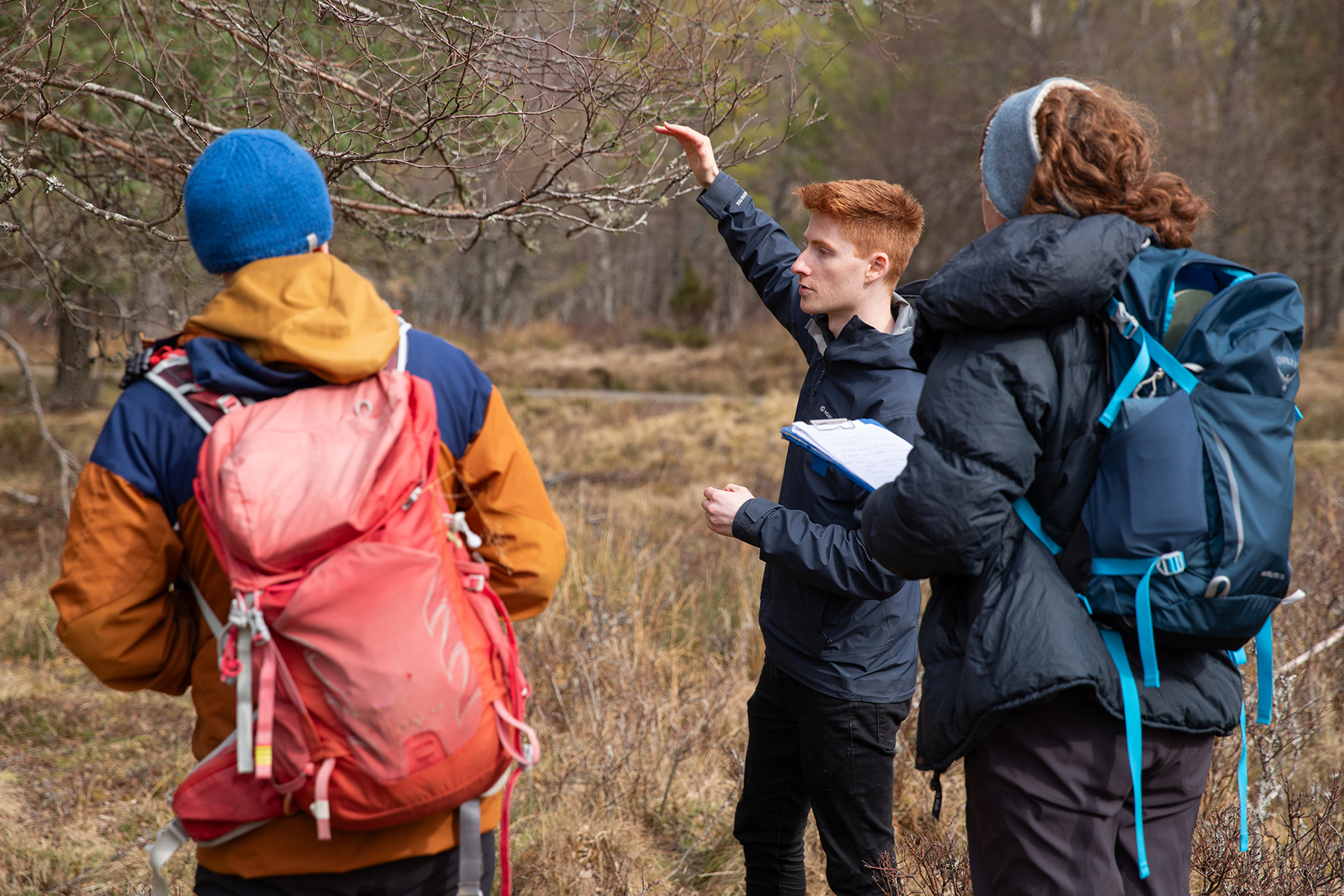
Knowledge exchange
Exchanging knowledge and expertise to continually refine rewilding best practice and achieve the best possible results. Using the best-available evidence, gathering and sharing data, and having the confidence to learn from failure will lead to success.
